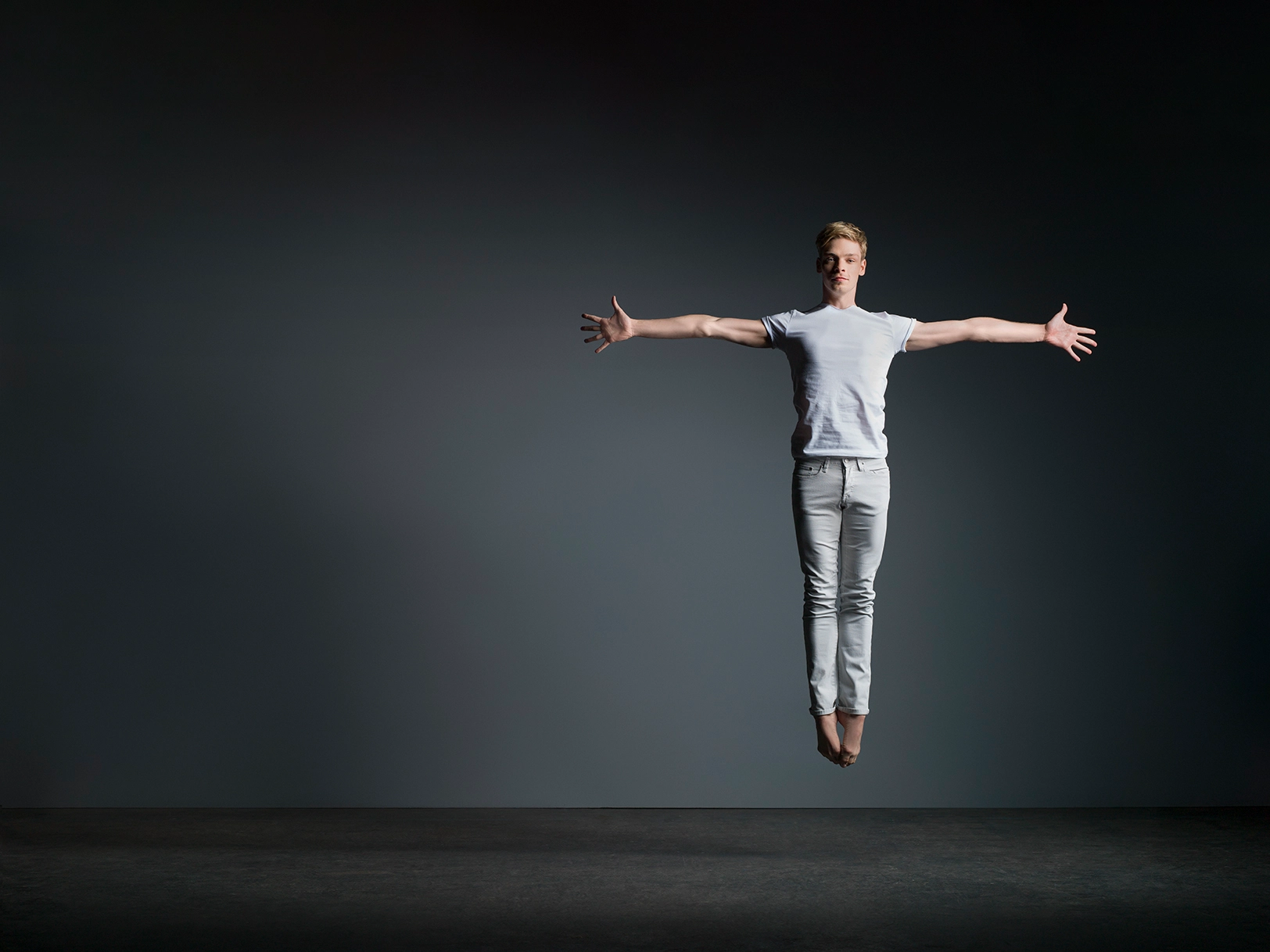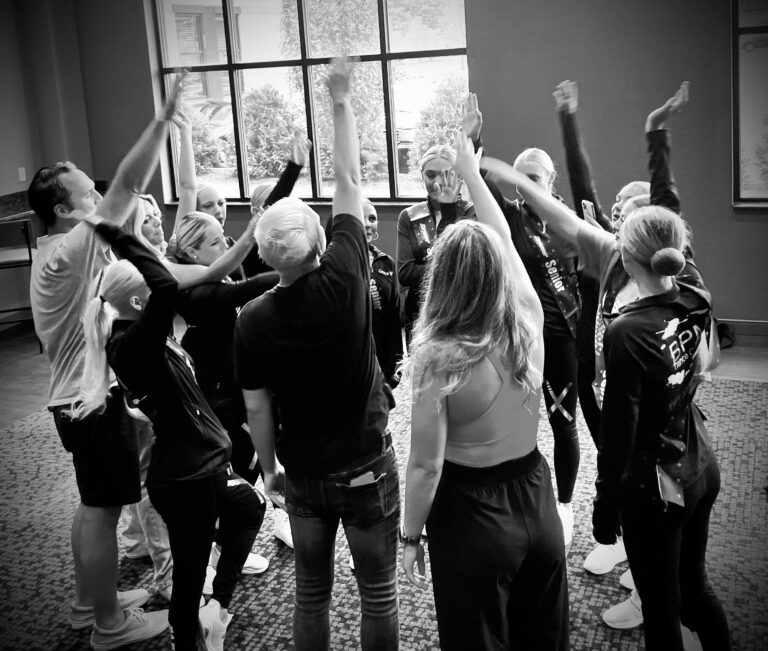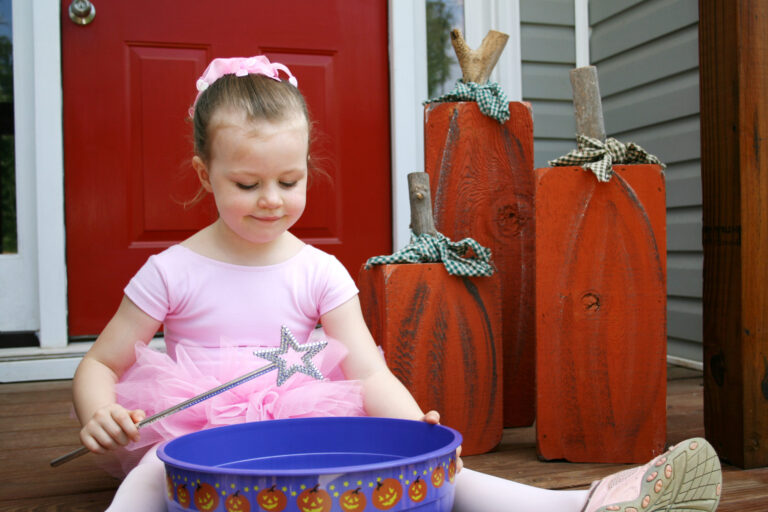
When Madeleine Milner was a young dancer, one of her teachers gave her the nickname “question girl.” Milner, currently a freshman at Elon University studying dance and psychology, says she tended to hone in on the small nuances of steps rather than focusing on learning combinations, and she wanted answers to her questions before feeling prepared to execute a phrase. “I would get told that I asked too many questions—but teachers were always like ‘If you have a question, feel free to ask,’ ” she remembers. “It took some learning to figure out which were questions that were appropriate in a dance space, and which were questions that teachers are probably going to be annoyed by.”
Milner is autistic, and her learning and communication styles are a few ways that her autism manifests in the studio. She’s also sensitive to sensory stimuli, like lighting quality and music volume, which she says can occasionally affect her ability to pick up choreography. Despite these challenges, Milner says that having autism gives her a unique viewpoint on the world—and dance.
What Is Autism?
Autism is a lifelong developmental condition that’s commonly associated with differences in social interactions, information processing, and sensory perceptions, says Dr. Irina Roncaglia, a psychologist who works with dancers and serves as the clinical lead at the National Autistic Society in the UK. These differences might present as the sensory sensitivity that Milner experiences, difficulty understanding metaphors or humor in conversation, or trouble identifying others’ emotions. Roncaglia emphasizes that autism is highly personal and can manifest differently depending on the individual. “When you meet one autistic individual, you have only met one autistic individual,” she says.

Autism in the Dance World
Depending on the person, dance can present unique opportunities as well as distinctive challenges. James Hobley, currently an artist at Scottish Ballet, was diagnosed with autism at an early age and had difficulties walking and talking as a child. Dance lessons were introduced to help him achieve developmental goals, and Hobley says he took to the art form right away. “Dance was something that I needed,” Hobley says. “All of the things that I was doing just dramatically improved. And I became a lot more confident as a result of starting dancing.”
Milner has found choreography to be an important outlet and that she has a distinctive point of view as an artist, in part due to her neurodivergence. “Especially in choreography, it’s a unique asset,” she says. “I can’t speak for all autistic people, but at least for myself, choreography is such a vital form of communication and it’s such a universal language. When I choreograph, it’s to communicate—there’s such a purpose to it.”
Certain aspects of dance present difficulties to individuals with autism. Both Milner and Hobley say they’ve struggled, at times, with focus and learning choreography. For Hobley, this was especially true when he first started dancing. “My brain would be a little bit like a sieve—it would go in and then just completely straight back out,” he says, noting that—while he sometimes still finds it challenging to learn the dance steps—hard work and practice, as well as tools like annotating the choreography, have helped him develop this skill.
Milner, too, has compiled a set of strategies for facing challenges. When her external environment feels overwhelming, she grounds herself by focusing on her internal experience. “I usually find that if I start focusing on the actual movements that I’m doing and how they feel in my body, then eventually that’s all I’m thinking about and it ends up being a lot more relaxing than it is stressful,” she explains.
Creating Accepting Spaces
How can studio spaces become more inclusive of neurodivergent dancers? Jennifer Milner, Madeleine’s mother and a dance and Pilates instructor, says that it’s important to create space for individual needs. This can be as simple as respecting when dancers don’t feel comfortable being touched, or when they may be having what Milner calls a “red button day”—when stress, anxiety, or other stressors make corrections and critiques difficult to receive.
This respect should extend to an appreciation of different learning styles. “Having an ability to see different learning styles and allow them to happen—rather than a blanket ‘Everyone looks at me, everyone does this’ approach—is really important,” says Jennifer Milner. Roncaglia suggests that giving advance notice of scheduling changes and having patience while dancers process information at their own pace—and in their own way—can have a big impact. It’s also important to avoid making autistic dancers feel different or othered, adds Hobley, who explains that one of the most harmful things that can be done is “to single people out based on a category or a box they’re in. We’re all who we are.”
Resources
James Hobley, Dr. Irina Roncaglia, and Madeleine and Jennifer Milner recommend the following:
National Autistic Society (UK): Information about autism, plus a variety of resources for diagnosis, community-building, and services for autistic individuals. autism.org.uk
Minding the Gap: A dance-specific mental health resource for dance students, professionals, and teachers. wearemindingthegap.com
International Association for Dance Medicine & Science: Resources on a variety of dancer-health topics, plus information on finding a provider and access to the latest dance science research. iadms.org



